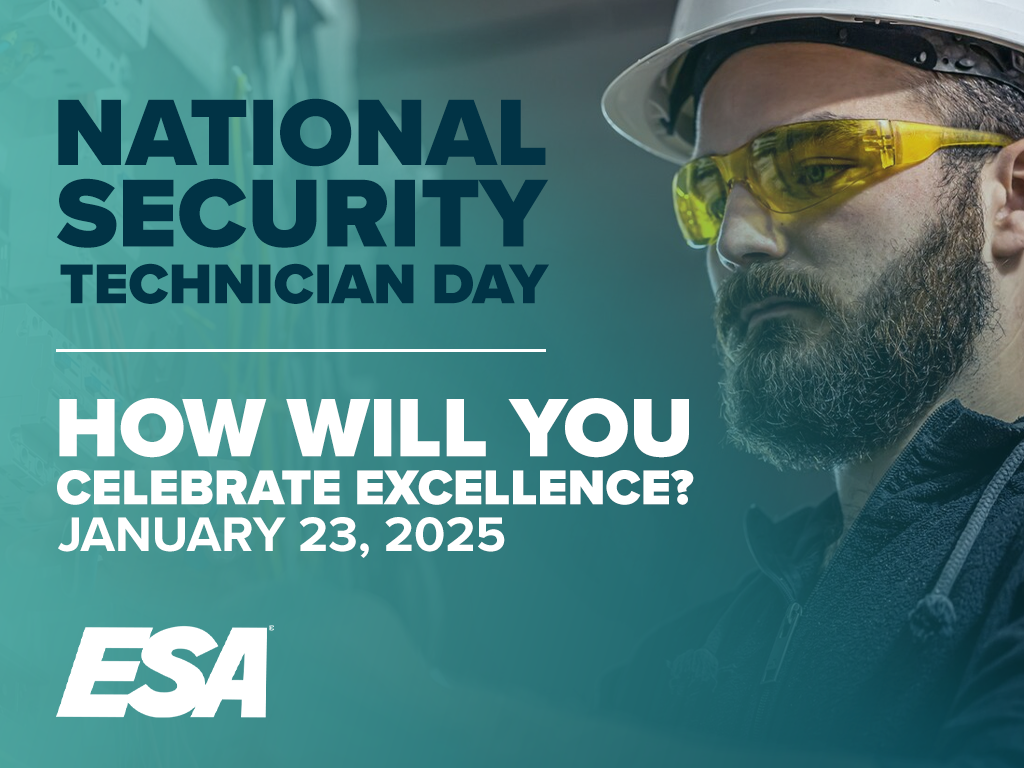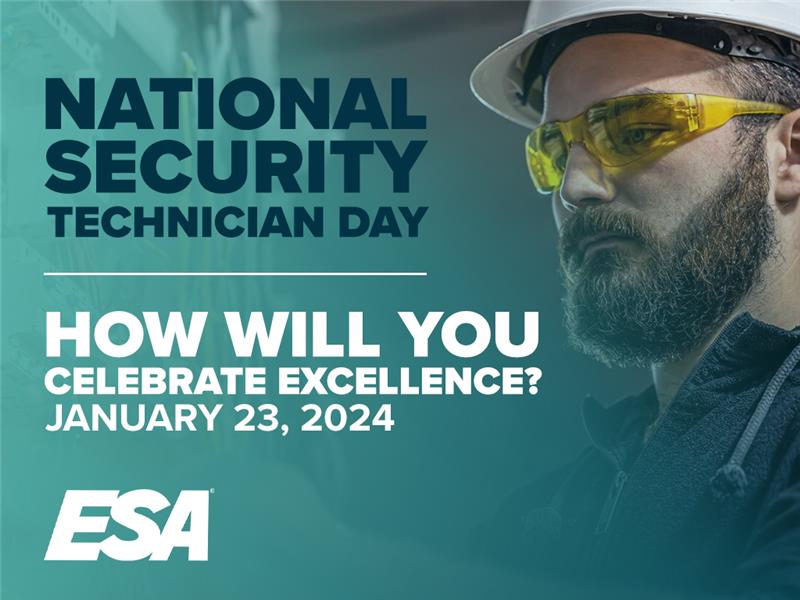Do People See You As A ‘Positive Disruptor’ Or Just Disruptive?

By Mark Murphy
The biggest-name CEOs usually have reputations as disruptors; think Jeff Bezos, Steve Jobs, Elon Musk, Sara Blakely, and more.
But when you’ve invented a smartphone or an electric car or slimming underwear, you don’t need to worry too much about whether people think you’re too disruptive; your inventions are so good that you can disrupt with impunity.
But for the rest of us mere mortals, we need to ensure that when we disrupt, we do so positively, and without creating an insurmountable backlash.
Most workplace disruptions are going to require some support to get off the ground. And that’s why we need to ensure that we’re seen as ‘positive disruptors’ and not merely disruptive.
Taking Risks
Since you’re reading this article, it’s safe to assume that you’re a disruptor. But most people, especially the ones whose support you often need, are not disruptors.
If I asked you how you feel about taking risks, you would probably say that you like taking risks.
But the data shows that, overall, only 28% of people like taking risks.
More than 10,000 people have taken the free online test “How Do You Personally Feel About Change?” and one of the questions asks respondents to choose one of the following options:
- I like taking risks.
- I would take a risk if it seemed prudent.
- I avoid risks.
Only 28% of respondents say that they like taking risks. Now, there is a lot of variation depending on one’s level in the organizational hierarchy.
For example, 40% of top executives like taking risks, but only 24% of frontline employees feel that way.
If your disruption only requires the buy-in of your top executives, you’ve got a greater chance of success than if your disruption is going to need support from frontline employees.
Remember that disruptions are often seen as being a bit risky, and if the people around you are not big fans of taking risks, they’re likely to view your disruption as merely disruptive.
Motivations
Another way to assess whether or not you’re likely to be viewed as a positive disruptor is to gauge people’s motivations.
There are five major motivators that drive people’s actions at work; achievement, power, affiliation, security and adventure.
And because more than 20,000 people have taken the online assessment “What Motivates You?” we know that 26% of people are driven by security, but only 16% are driven by adventure.
People driven by security look for continuity, consistency and predictability in their job, work, and pay.
They are driven by guarantees and may prefer to stay with the same company, or in the same position or department, for the long haul.
Change
High security people often get anxious over change. And disruptive change just isn’t their thing.
By contrast, people with a need for adventure are motivated by risk, change, and uncertainty.
They thrive when the environment or the work is constantly changing. They tend to like challenges and jump at the opportunity to be the first to do something new (aka disruptions).
Adventure-driven high performers want excitement and to be doing something new all the time.
They want to be “first” and always on the cutting edge. Assign them new and difficult projects and assignments.
They don’t care that it’s hard, and they don’t care if the work isn’t perfectly defined.
As long as it’s cutting edge, and as long as it’s new and it’s different, then the harder the better.
These individuals like change; they want to break up the status quo.
Others
Now, think about the people in your organization.
Are they more motivated by security or adventure? Depending on your answer, you can pretty confidently guess whether they’re going to see you as a positive disruptor or just disruptive.
There’s a concept in driving called ‘overdriving your headlights.’ It means that you’re driving so fast at night that your stopping distance is farther than you can see with your headlights, which in turn means that whatever pops into your headlight view is going to cause a crash.
In the context of workplace disruptions, we run the risk of ‘overdriving our headlights’ when the disruption we’re pushing is requiring more risk and change than the people around us are capable of giving.
The solution to overdriving your headlights, of course, is just to slow down a little bit.
And the same thing applies to workplace disruptions. Unless your disruption is a truly groundbreaking smartphone or underwear that makes people look way thinner, you’re probably going to need support from your colleagues, bosses, customers and more.
But if they’ve decided that you’re pushing too hard and fast, and that you’re being disruptive for the sake of being disruptive —they’re likely to spend their time and energy stopping your disruption from ever being implemented.
Mark Murphy is the founder of Leadership IQ, a New York Times bestselling author and a highlighted expert at the 2019 ESA Leadership Summit.




